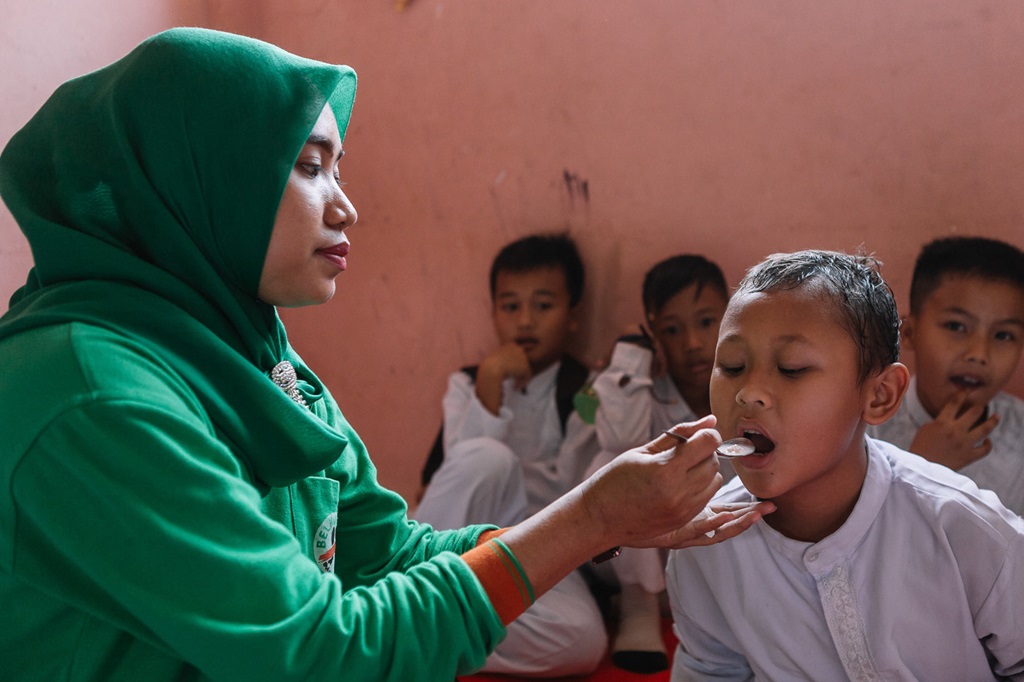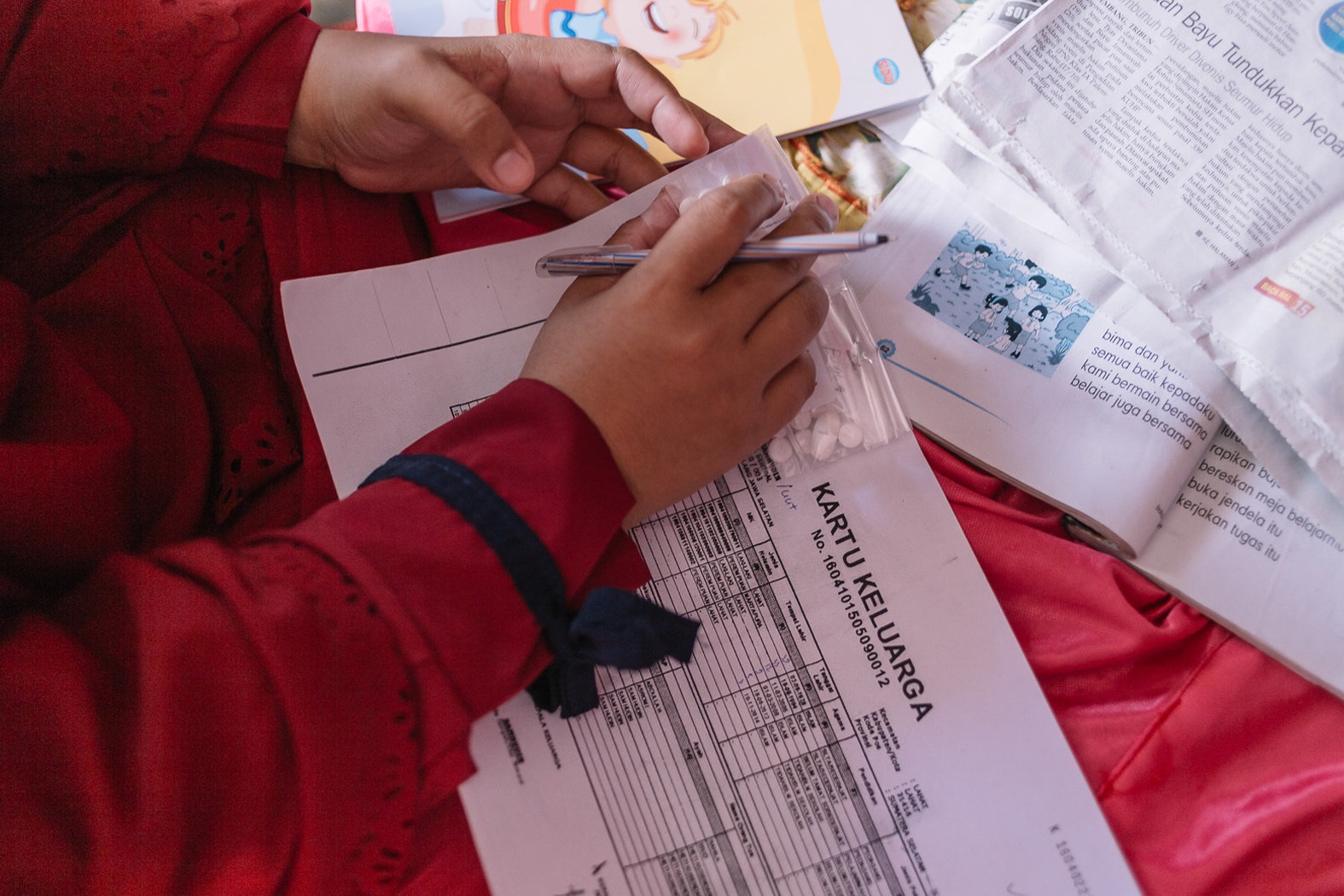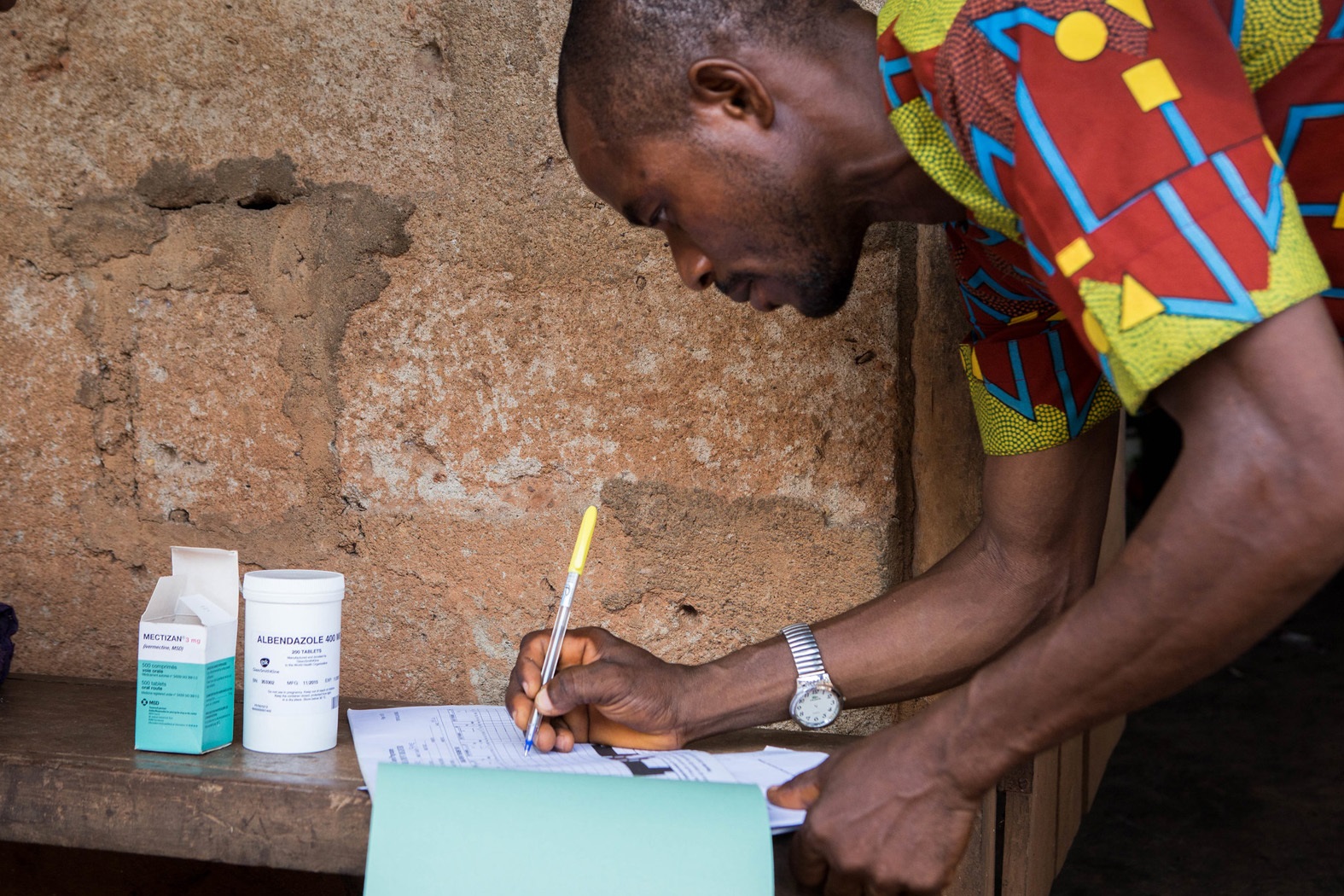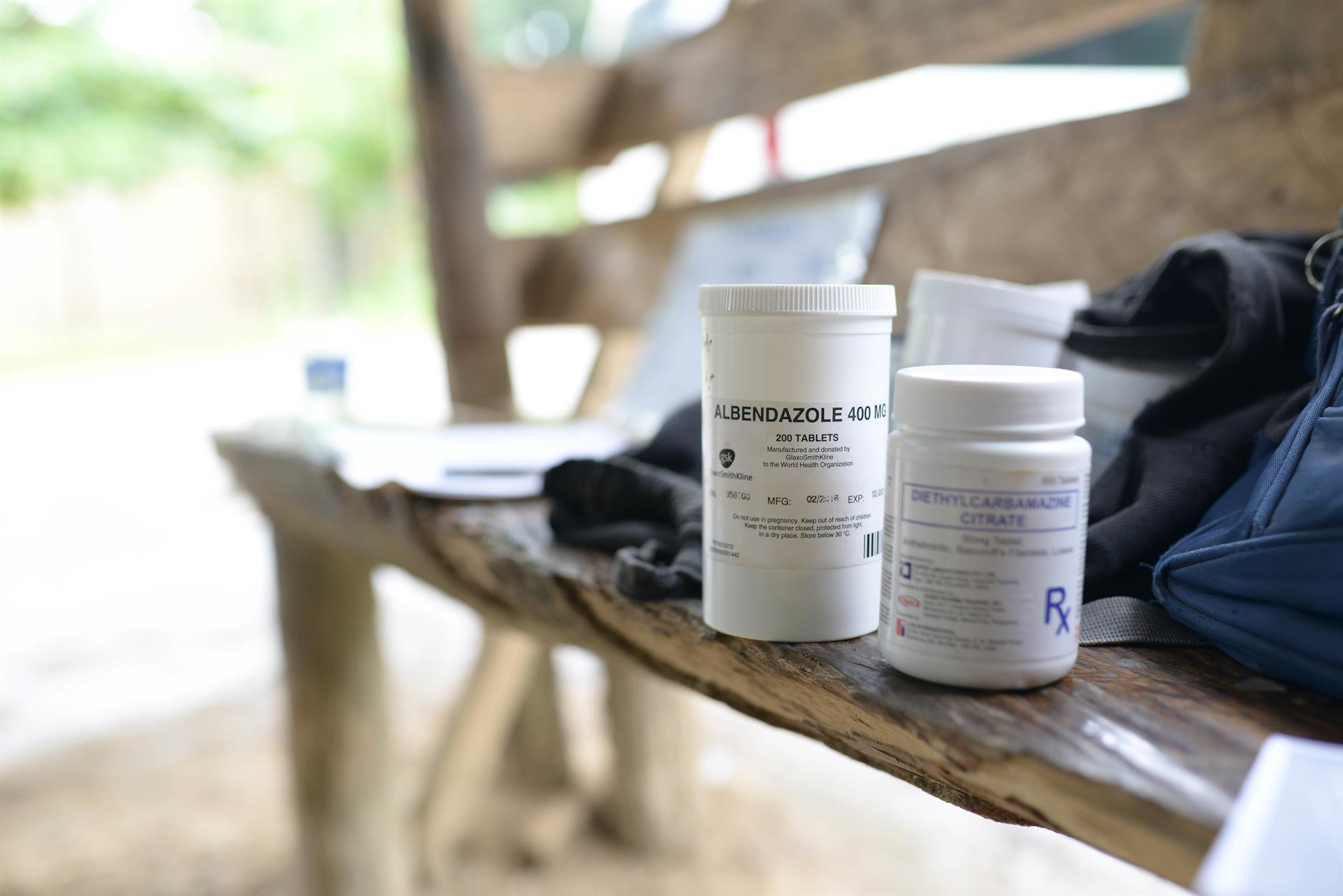The WHO has updated its frequently asked questions FAQ on the “PC Joint Application Package” (JAP) in response to global stakeholder participation in a survey….
Control of Neglected Tropical Diseases
We coordinate and support policies and strategies to enhance global access to interventions for the prevention, control, elimination and eradication of neglected tropical diseases, including some zoonotic diseases.

Data platforms and tools
Collection, management and analysis of data
RTI International/Damien Schumann
Volunteers administer treatment for trachoma during a treatment campaign in Mozambique.
Volunteers administer treatment for trachoma during a treatment campaign in Mozambique.
©
Credits
The NTD road map 2021–2030 sets global targets and milestones to control, eliminate or eradicate 20 diseases and disease groups.
Collection, management and analysis of data are essential to track progress against these milestones and targets while enabling course corrections to be made where necessary.
Several cross-cutting and disease-specific platforms have been established by WHO to present and visualize NTD data.
Essential NTD data visualization
Tools for data collection, reporting and analysis
Key resources
The road map 2030 was developed by WHO through an extensive global consultation, with indicators set for measuring progress against targets and milestones....
14 October 2019
Preventive chemotherapy: tools for improving the quality of reported data and information:...
Preventive chemotherapy is one of the main interventions used by national programmes to control and eliminate five neglected tropical diseases (NTDs):...






